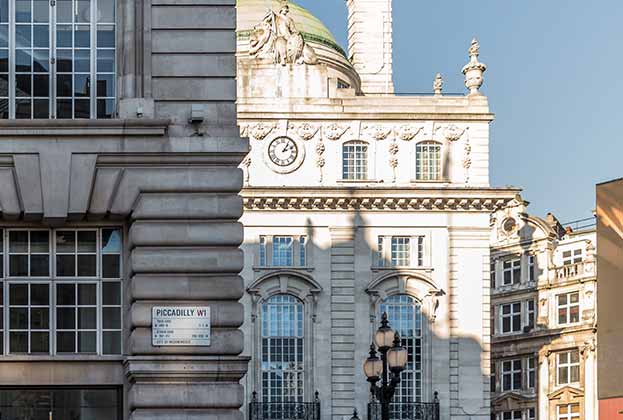Macroeconomic volatility is back after a sustained period of relatively benign market conditions post GFC. One manifestation of this volatility is through exchange rate fluctuations. The USD has appreciated through a combination of risk-aversion and a divergence in inflation and interest rate policy expectations. This has put pressure on global currency markets, prompting interventions from policymakers in several countries.
According to the ANREV Investment Intentions Survey, in 2024, ‘currency risk exposure’ is second only to ‘transparency and market information’ in the most challenging obstacles for real estate investors.
This level of concern is not unfounded. Currency can have a major impact on returns, either via realised cashflow when repatriating income, or via balance sheet valuations. Consider, for example, the MSCI Global Property Index, which has delivered a fully hedged annualised return of 6.8% over its entire history. For an unhedged Swiss investor, the return over the same period was just 4.2%, which when compounded over an investment horizon of 20+ years, implies a significant disparity in total returns. Conversely, with the yen losing value over the last few decades, returns for unhedged Japanese investors averaged 8.5%.
Currency can also impact the performance of underlying assets in so far as it feeds into economic outcomes. While little can be done to mitigate against this impact, larger investors will typically hedge against cashflow/balance sheet risk. Globally active institutions may do this at the entity level, by offsetting currency risk across a wider portfolio, while others may look to raise equity or debt in the same currency as their planned investments, to better align asset and liability flows.
At an asset level, the most effective hedging method is to use financial products. There are many ways to do this, but effectively it means paying/receiving the differential in interest rates. This is based on a simple arbitrage condition, and implies that investors in a higher rate environment can earn a positive carry by hedging currency risk, boosting their returns on any foreign investment, and vice versa.
Some investors also see currency as an opportunity to enter a market at a relative discount. For USD-denominated/pegged investors, property in Japan is currently around 13% cheaper than 12 months ago. This echoes some of the anecdotal discussions that happened in the UK following the Brexit-referendum in 2016, with sterling losing 10-15% in value in the immediate aftermath of the leave vote.
Investment data, however, rarely correlates with currency movements because a weak currency is often symptomatic of wider issues. Cross border investment into the UK fell by 26% on the year in the second half of 2016, for example, given concerns over the impact of leaving the European Union. Japanese investors purchased nearly JPY 1.4 trillion of non-domestic real estate assets in 2023, nearly double the previous record for outbound investment, despite the weak yen and negative carry when hedging foreign currency risk. Also, those more inclined to take currency risk, such as private investors, are typically smaller in scale and so do not tip the scale when looking at the aggregate market.
In summary, exchange rates will feed into investor decisions at the margin, and support a wider investment thesis on when and where to invest. But they are by far from the main factor, and given the challenges in forecasting exchange rates, most investors will try to mitigate against volatility, rather than take the risk.
To get Savills weekly view on the latest global events shaping the real estate sector, receive ‘the week in review’, an email from our capital markets experts every Saturday morning. Sign up here.
Further information
Contact Charlotte Rushton and Oliver Salmon
Adjusting to a new world order
.jpg)
.jpg)




.jpg)



